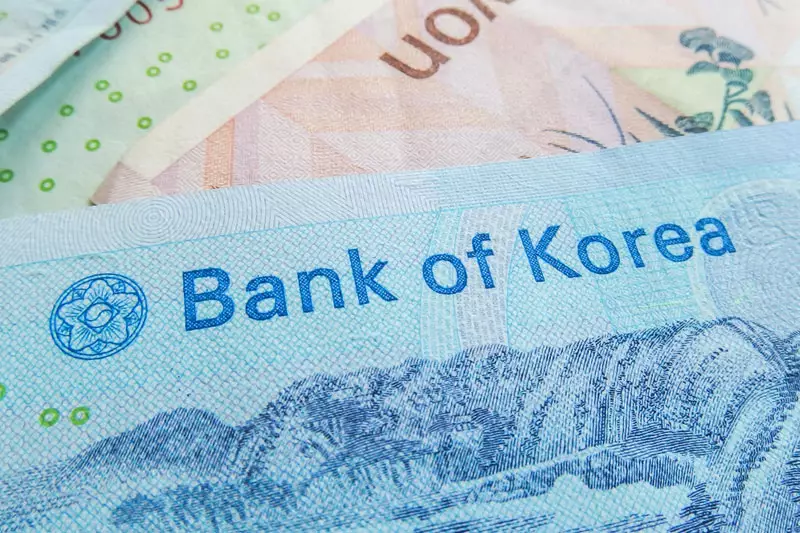As global economic landscapes fluctuate, the dynamics of currency valuation become increasingly important, especially in the context of Asian currencies and their interplay with the U.S. dollar. Recent developments illustrate a complex scenario where most Asian currencies exhibited a downward trend amid stabilizing conditions of the dollar. This behavior stems from rising concerns regarding the Federal Reserve’s interest rate trajectory and its overall implications for economic growth across the region.
The recent fluctuations in the U.S. dollar followed a turbulent night where the currency experienced significant losses. However, the dollar has managed to regain some strength, hovering near its two-year highs. This rebound can be attributed to economic indicators such as the personal consumption expenditures (PCE) price index and the solid expansion of the U.S. economy in the third quarter. Such data play a pivotal role in informing investor sentiment and dictate potential monetary policy shifts that can have a substantial impact on Asian markets.
Investor Sentiment Ahead of U.S. Holidays
Investors have adopted a cautious approach this week, especially in the lead-up to the U.S. Thanksgiving holiday. Market activities tend to dwindle as traders avoid making significant commitments, which can cause liquidity issues and increase volatility. The prevailing uncertainty surrounding future interest rate adjustments by the Federal Reserve further contributes to this hesitance, as market participants strive to assess the implications of potential tariff increases on economic stability. The strain of these factors forces Asian currencies to tread lightly, particularly in light of the looming threat of escalating trade tensions between the United States and China.
The recent remarks from the newly elected U.S. President regarding the possibility of introducing additional trade tariffs highlight the fragility of trade relationships. If implemented, these tariffs could reignite a trade war, heightening risks for economies reliant on exports, such as those in Southeast Asia. Consequently, currencies like the South Korean won and Thai baht are now navigating through troubled waters that mirror broader economic sentiments concerning trade practices.
The Bank of Korea’s unexpected decision to cut interest rates for the second consecutive meeting signals heightened concerns regarding economic growth prospects. With forecasts indicating a potential slowdown, the central bank’s actions prompted a marked depreciation of the South Korean won. Such monetary measures, while intended to stimulate economic activity, reflect the delicate balance policymakers must maintain amid external pressures.
Furthermore, the recent GDP projections further illustrate the caution permeating Korea’s economic outlook. Acknowledging that inflation rates may ease in the coming year poses challenges for the Bank of Korea in fulfilling its mandate to maintain price stability while supporting growth. The combination of these factors positions the won in a precarious state, with reverberations felt across other regional currencies.
The Chinese yuan has also been under significant pressure, largely attributed to ongoing trade tensions and the potential ramifications of any upcoming tariffs. As projections estimate a continued depreciation towards historic lows, regional currencies face repercussions of heightened uncertainty surrounding the Chinese economy. The offshore yuan’s anticipated weakening exacerbates vulnerabilities for trade-dependent currencies in neighboring countries.
Emerging markets within Asia, including the South Korean won and Malaysian ringgit, find themselves directly affected by these developments. Their economic ties with China render them susceptible to shifts in the yuan’s valuation, indicative of a broader trend where local currencies are restrained by external economic pressures.
Amidst a confluence of factors including U.S. interest rates, trade disputes, and unexpected monetary interventions, the landscape for Asian currencies remains fraught with uncertainty. Moving forward, investors must monitor developments closely while considering the intricate linkages between U.S. economic policies and regional currency health. The path ahead will require vigilance as market dynamics continue to evolve in response to both domestic and international challenges. As we approach a season of economic introspection, it is clear that the choices made in Washington will continue to resonate throughout Asian financial markets.

